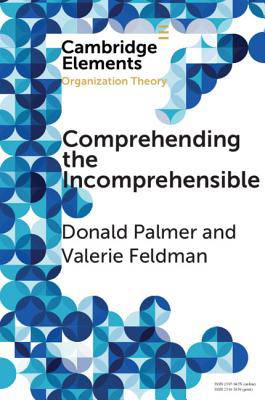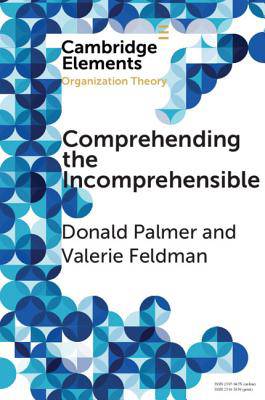
- Afhalen na 1 uur in een winkel met voorraad
- Gratis thuislevering in België vanaf € 30
- Ruim aanbod met 7 miljoen producten
- Afhalen na 1 uur in een winkel met voorraad
- Gratis thuislevering in België vanaf € 30
- Ruim aanbod met 7 miljoen producten
Zoeken
Comprehending the Incomprehensible
Organization Theory and Child Sexual Abuse in Organizations
Donald Palmer, Valerie Feldman
€ 33,45
+ 66 punten
Omschrijving
This Element describes child sexual abuse and the formal organizations in which it can occur, reviews extant perspectives on child abuse, and explains how an organization theory approach can advance understanding of this phenomenon. It then elaborates the main paths through which organizational structures can influence child sexual abuse in organizations and analyze how these structures operate through these paths to impact the perpetration, detection, and response to abuse. The analysis is illustrated throughout with reports of child sexual abuse published in a variety of sources. The Element concludes with a brief discussion of the policy implications of this analysis.
Specificaties
Betrokkenen
- Auteur(s):
- Uitgeverij:
Inhoud
- Aantal bladzijden:
- 94
- Taal:
- Engels
- Reeks:
Eigenschappen
- Productcode (EAN):
- 9781108439299
- Verschijningsdatum:
- 26/07/2018
- Uitvoering:
- Paperback
- Formaat:
- Trade paperback (VS)
- Afmetingen:
- 152 mm x 229 mm
- Gewicht:
- 136 g

Alleen bij Standaard Boekhandel
+ 66 punten op je klantenkaart van Standaard Boekhandel
Beoordelingen
We publiceren alleen reviews die voldoen aan de voorwaarden voor reviews. Bekijk onze voorwaarden voor reviews.








